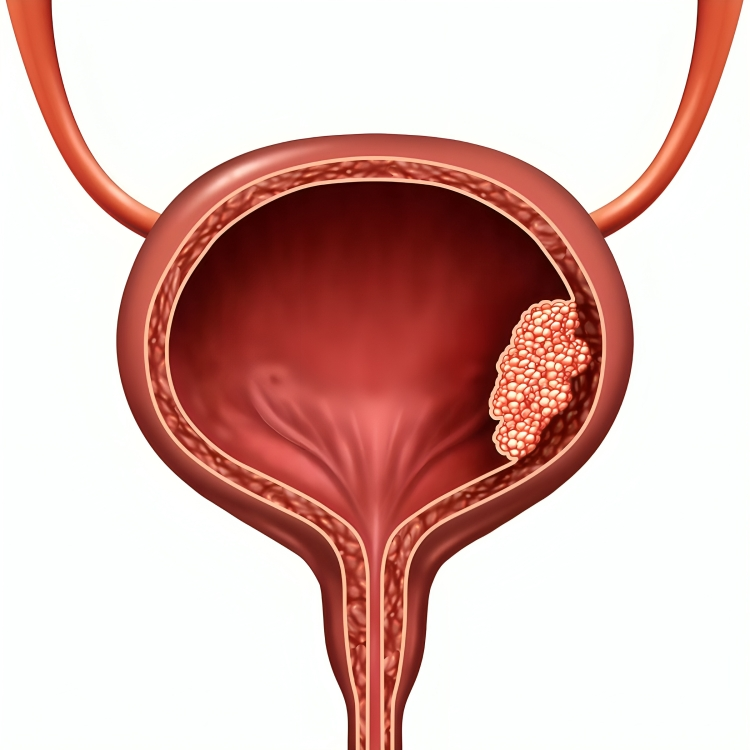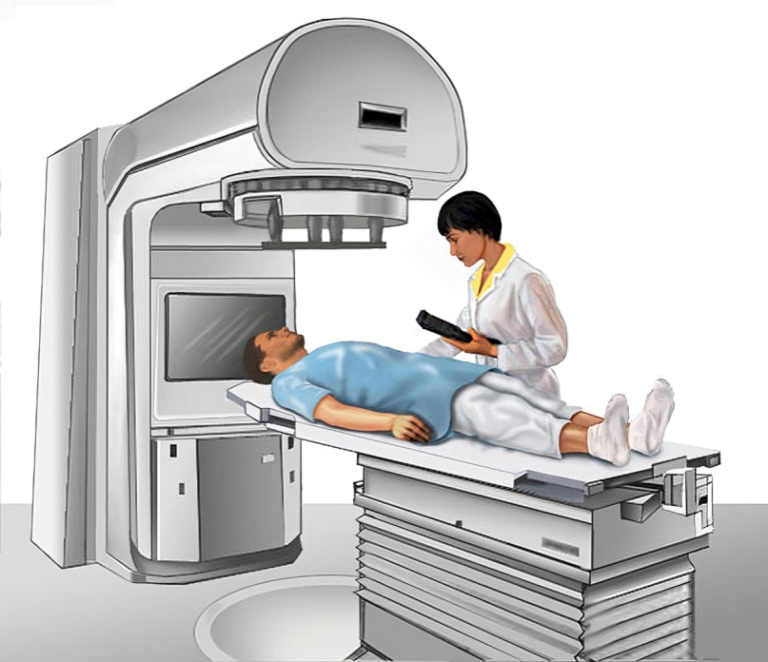Advancing Cancer Treatment: The Promise of Robotic Surgery.
In the fight against cancer, surgical interventions play a critical role in removing tumors and improving patient outcomes. Traditional surgical methods have long been the standard of care, but advancements in technology have revolutionized the field, paving the way for more precise and minimally invasive approaches. Robotic cancer surgery, a cutting-edge technique that combines robotics and advanced imaging, offers numerous benefits over traditional methods, including improved surgical precision, faster recovery times, and reduced complications. As the field of robotic surgery continues to evolve, it holds immense promise for enhancing cancer treatment and improving patient quality of life.
To Know More About It Please Click Here
Understanding Robotic Cancer Surgery
Robotic surgery involves the use of robotic systems, controlled by skilled surgeons, to perform intricate surgical procedures with enhanced precision and dexterity. Unlike traditional open surgery, which requires large incisions, robotic surgery utilizes small incisions and miniature instruments mounted on robotic arms, guided by a high-definition camera system. This allows surgeons to access hard-to-reach areas of the body and perform complex maneuvers with greater accuracy and control.
Key Advantages of Robotic Cancer Surgery
- Enhanced Precision: The robotic system provides surgeons with a magnified, three-dimensional view of the surgical site, allowing for precise manipulation of tissues and delicate structures. This precision is particularly beneficial in cancer surgery, where tumor removal requires meticulous attention to detail to minimize damage to surrounding healthy tissue.
- Minimally Invasive: Robotic surgery typically involves smaller incisions than traditional open surgery, resulting in less trauma to the body, reduced blood loss, and faster recovery times. Minimally invasive techniques also decrease the risk of infection and postoperative complications, leading to shorter hospital stays and quicker return to normal activities for patients.
- Improved Outcomes: Studies have shown that patients undergoing robotic cancer surgery experience fewer complications, reduced pain, and shorter recovery times compared to those undergoing traditional open surgery. This can translate to improved overall outcomes and better quality of life for cancer patients undergoing treatment.
- Access to Complex Areas: The flexibility and maneuverability of robotic arms allow surgeons to access difficult-to-reach areas of the body, such as deep-seated tumors or narrow anatomical spaces. This enables surgeons to perform procedures that may not be feasible with conventional surgical techniques, expanding treatment options for patients with advanced or recurrent cancer.
- Real-time Imaging: Robotic systems are equipped with advanced imaging technologies, such as intraoperative ultrasound and fluorescence imaging, which provide real-time visualization of the surgical site. This allows surgeons to accurately assess tissue viability, identify tumor margins, and ensure complete tumor removal during surgery, reducing the risk of cancer recurrence.
Applications of Robotic Cancer Surgery
Robotic surgery is used in the treatment of various types of cancer, including prostate, colorectal, gynecological, and head and neck cancers. Common procedures performed using robotic techniques include:
- Prostatectomy: Removal of the prostate gland for the treatment of prostate cancer.
- Colectomy: Removal of part or all of the colon for the treatment of colorectal cancer.
- Hysterectomy: Removal of the uterus for the treatment of gynecological cancers.
- Thyroidectomy: Removal of part or all of the thyroid gland for the treatment of thyroid cancer.
- Head and Neck Surgery: Removal of tumors in the head and neck region, including the tongue, throat, and larynx.
To Know More About It Please Click Here
Conclusion
Robotic cancer surgery represents a significant advancement in the field of oncology, offering patients a safer, more precise, and less invasive alternative to traditional open surgery. By harnessing the power of robotics and advanced imaging, surgeons can perform complex cancer procedures with unparalleled accuracy and efficiency, leading to improved outcomes and enhanced quality of life for cancer patients. As technology continues to evolve, robotic surgery is poised to play an increasingly vital role in the multidisciplinary approach to cancer treatment, ushering in a new era of precision medicine and personalized care.








